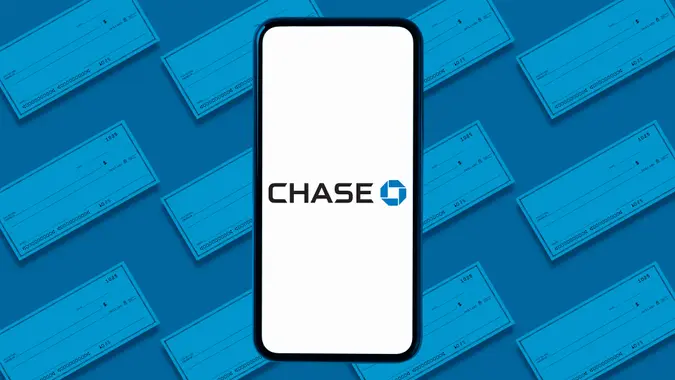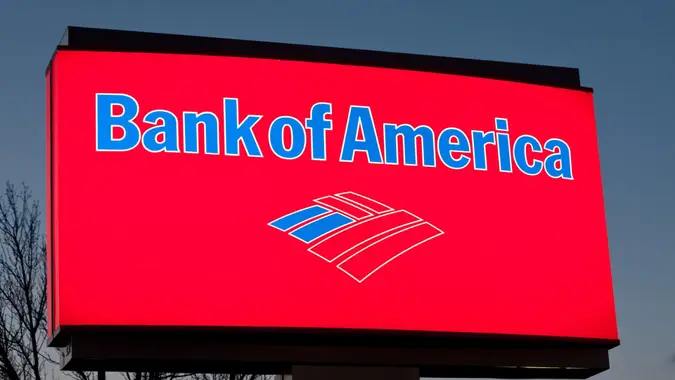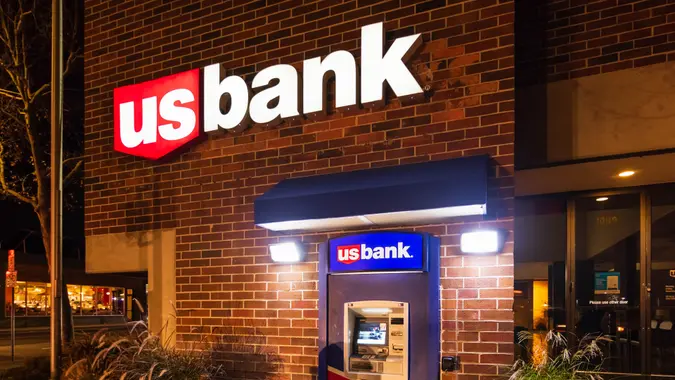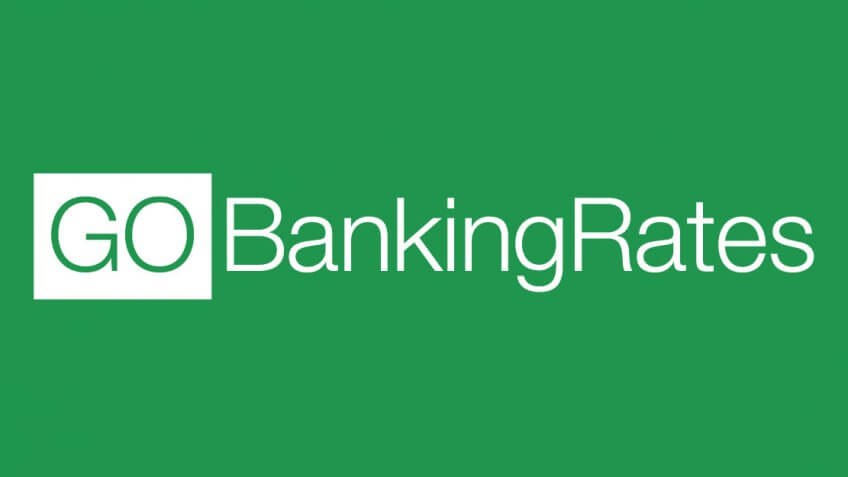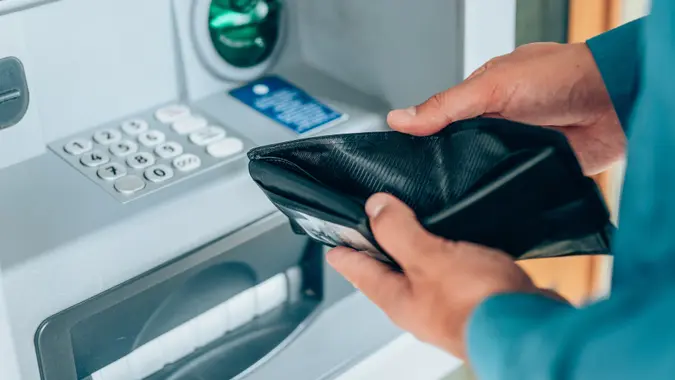Overdraft Protection: What Is It and How Does It Work?

Commitment to Our Readers
GOBankingRates' editorial team is committed to bringing you unbiased reviews and information. We use data-driven methodologies to evaluate financial products and services - our reviews and ratings are not influenced by advertisers. You can read more about our editorial guidelines and our products and services review methodology.

20 Years
Helping You Live Richer

Reviewed
by Experts

Trusted by
Millions of Readers
Whenever you withdraw more money than you have in your checking account, you may be subject to overdraft fees. Overdrawing your account can be costly if you perform multiple transactions per day. Typically, the fees can run anywhere from $30 to $35 per transaction.
Fortunately, you can avoid steep fees by enrolling in overdraft protection through your bank. Here’s a closer look at overdraft protection, how it works and tips to avoid overdraft fees.
What Is Overdraft Protection?
Overdraft protection is a service provided by banks and credit unions that allows you to overdraw your account. With overdraft protection, your bank will cover the difference for a transaction and not charge you an overdraft or a non-sufficient funds (NSF) fee.
An overdraft occurs when you perform a transaction that causes your bank account balance to fall below zero. Without overdraft protection, your bank may decline debit card transactions, bounce checks or charge NSF fees. You also may incur other financial consequences for failed transactions, such as merchant fees and cancellation of accounts.
Having your debit card or ATM transactions declined can be embarrassing. Overdraft protection can help you avoid such situations.
How Does Overdraft Protection Work?
When opening a bank account, most banks give you an option for overdraft protection 一 you can choose the type of overdraft protection you need. For example, you can link your checking account to another bank account, like a savings account, credit card or other lines of credit. Your bank will automatically transfer funds from your linked account to cover the difference whenever an overdraft occurs.
Most major banks charge transfer fees of $10 to $12.50, although some banks will give preferred customers free overdraft protection.
Good To Know
It’s important to note how overdraft protection works. The related fees will vary by bank. Therefore, you need to read the fine print of your overdraft protection plan to ensure that you understand all of the fees before you opt in.
Pros and Cons of Overdraft Protection
Overdraft protection comes with some advantages, including:
- Lower cost than paying overdraft fees
- Access to funds when in a financial crisis
- Helps avoid embarrassing situations
- Allows checks to clear, meaning no bounced checks
While overdraft protection may sound like a good deal, it has some downsides, too:
- It doesn’t mean you won’t pay any fees if you opt in to the service
- Transactions may not go through if your linked account has insufficient funds
- Charges can rack up quickly with multiple transactions if you don’t know the hefty fees involved
Ways To Avoid Overdraft Fees
Overdraft fees can be relatively expensive, especially if you overdraw your account multiple times a day. Luckily, there are other ways you can avoid overdraft fees altogether.
Keep Sufficient Funds in Your Checking Account
If your budget allows, keep some extra cash in your checking account to act as a cushion for overdraft and NSF fees. Creating a buffer in your account can help avoid an overdraft.
Monitor Accounts and Set Up Alerts for Low Balances
Keeping tabs on your account balances is another way to avoid overdraft fees. With the help of budgeting apps, you can check your accounts frequently to ensure that your balances don’t go too low. Additionally, you can set up email or text alerts so you receive push notifications when your balance goes below a certain amount.
Link Other Accounts To Cover the Shortfall
Many financial institutions offer overdraft protection transfer services and allow you to link a checking account to another account, such as a savings account or line of credit. When there aren’t enough funds in your account, your bank will automatically move the funds from the linked account to cover the difference. Banks may charge transfer fees, but these are typically lower than overdraft fees.
Opt Out of Overdraft Protection Service
You can also opt out of overdraft protection. If you opt out, your bank will decline a transaction if there isn’t enough money in your account. Keep in mind, though, opting out of overdraft protection can lead to bounced checks and NSF fees.
Conclusion
Overdraft protection can be a great way to avoid steep overdraft fees. The decision on whether to opt in to the service is entirely a personal choice. Before enrolling in overdraft protection, be sure to weigh the benefits against the downsides.
If overdraft protection doesn’t sound appealing, you may want to consider different ways to avoid overdraft fees. This can include keeping enough funds in your checking account, setting up alerts for low balances and linking other accounts to your checking account to cover any shortfall.
Editorial Note: This content is not provided by Chase. Any opinions, analyses, reviews, ratings or recommendations expressed in this article are those of the author alone and have not been reviewed, approved or otherwise endorsed by Chase.
 Written by
Written by 




